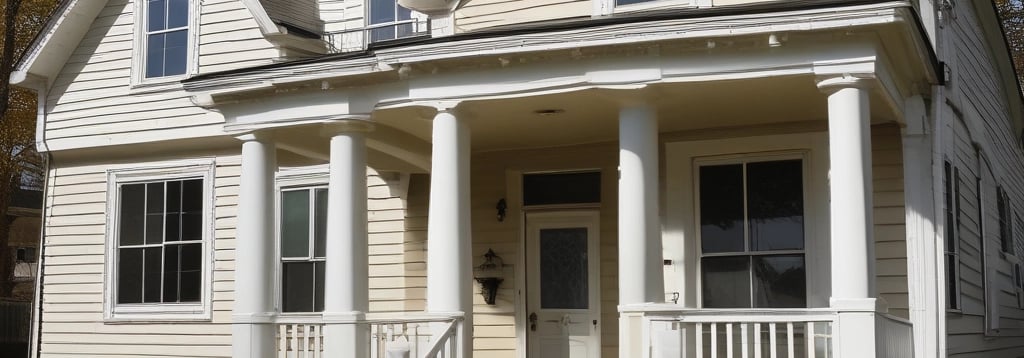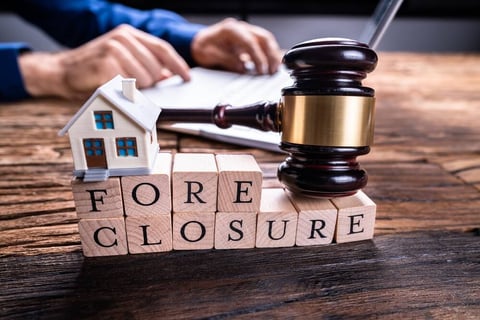Foreclosure and REO Appraisals


Most REO appraisals require at least three types of value: market value "as is", market value "as repaired" and "quick disposition" value.
An "as is" market value refers to the estimated value of a property in its current condition, without any repairs, renovations, or improvements. It is the price that a buyer would be willing to pay for the property, considering its existing condition, location, and other relevant factors.
An "as repaired" market value refers to the estimated value of a property after hypothetical repairs, renovations, or improvements have been made to restore it to a functional, safe, and marketable condition. This value assumes that all necessary repairs and improvements have been completed, and the property is now in a condition that is typical for similar properties in the same area.
Quick Disposition Value (QDV), on the other hand, is an estimate of the price at which a property can be sold quickly, often within a short period, such as 30-60 days. QDV takes into account the need for a rapid sale, which may require concessions, such as:
A lower sale price
Flexible terms
Limited marketing and advertising
A willingness to accept lower offers
QDV is often used by lenders, investors, or other parties who need to liquidate a property quickly, such as in the case of an REO property. The QDV appraisal considers factors such as:
The property's condition and any necessary repairs
The current market conditions and competition
The urgency of the sale
The potential for price negotiations and concessions


An REO appraisal is a type of real estate appraisal that is specifically designed for properties that are owned by a lender, typically after a foreclosure or other default. REO stands for "Real Estate Owned," which refers to properties that are held in a lender's inventory.
An REO appraisal is usually conducted to determine the current market value of the property, which can help the lender to determine a reasonable listing price or to make informed decisions about the property's disposition.
REO appraisals are often used by lenders to:
Determine the market value of a property after foreclosure
Set a realistic listing price for the property
Identify any necessary repairs or renovations to increase the property's value
Evaluate the property's condition and potential for resale
Support decision-making regarding the property's future, such as whether to sell, rent, or hold the property.
Residential properties in foreclosure and that have reverted ownership to the lending institutions present larger appraisal challenges. REO appraisals are typically more detailed than standard appraisals, as they require us to consider the property's condition, any necessary repairs, and the current market conditions. The appraisal report will usually include information such as:
An inspection of the property's condition
An analysis of the local real estate market
A comparison of the subject property to similar properties in the area
An estimate of the property's "as is" market value
Recommendations for any necessary repairs or renovations.
Expertise. Integrity. Trust
Reliable residential real estate appraisal services provider.
orders@bnappraisal.com
832-910-9822
© 2025. All rights reserved.


